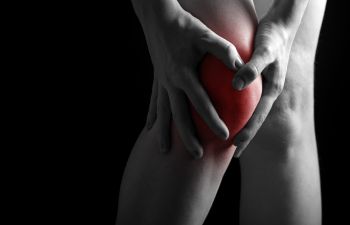
An estimated four hundred thousand cases of anterior cruciate ligament (ACL) damage are reported annually. As such, ACL restoration surgery is one of the most frequently performed orthopedic operations in the United States.
Torn ACLs do not heal by reconnecting independently as other ligament tears do. Thus, an orthopedic surgeon must remove the torn ACL ends and replace them with a graft during a conventional ACL reconstruction operation. The graft is typically obtained from the patient’s hamstring or patellar tendon.
In contrast, the newly approved Bridge-enhanced ACL Repair Restoration (BEAR®) Implant stimulates recovery of the damaged ACL by using a bridging scaffold (a sponge-like structure injected with the patient’s blood) and stitches.
Components of the BEAR Implant
The BEAR Implant is a type I collagen implant that is decellularized and resorbs within two months of insertion. Other extracellular matrix molecules are present, but no chemical cross-linking agents. It is cylindrical in shape, measuring 45 mm in length x 22 mm in diameter. It is essentially a bridge designed to replace the natural ACL.
Advantages of the BEAR Implant
The BEAR Implant can be more beneficial than traditional ACL surgery because it is a less invasive procedure that activates the body’s natural healing process. As a result, recovery time is shortened significantly.
It is validated by Level 1 clinical evidence, has no harvest site morbidity or donor tissue requirement and is approved for a broad spectrum of ACL rupture types. Furthermore, the surgical procedure is relatively easy and reproducible.
How the BEAR Implant Works
The BEAR Implant promotes the body’s healing response by facilitating cell migration and proliferation. Autologous whole blood is mixed with the BEAR implant to generate a clot that bridges the gap between the ACL’s torn ends and protects the clot from the hostile synovial environment. Then, after only eight weeks, it is resorbed and entirely replaced by native cells, blood vessels and collagen.
Over time, the new native tissue remodels and strengthens. The BEAR implant rehabilitation routine has been meticulously devised to assist and safeguard the ACL during the healing period.
Ideal Candidates for the BEAR Implant
Patients who meet these criteria could be candidates for the BEAR Implant:
- Have fully developed bones and a minimum age of 14
- Can show an MRI confirmation of a total ACL rupture
- Are within 50 days of an ACL tear
- Have an ACL stump connected to the tibia
If you are interested in learning more about the ground-breaking new BEAR Implant, please contact New York City’s top orthopedic surgeon, Dr. Jonathan Glashow. He is one of the few medical professionals qualified and experienced with this procedure. Schedule a consultation to discover if you are a candidate for the BEAR Implant.










